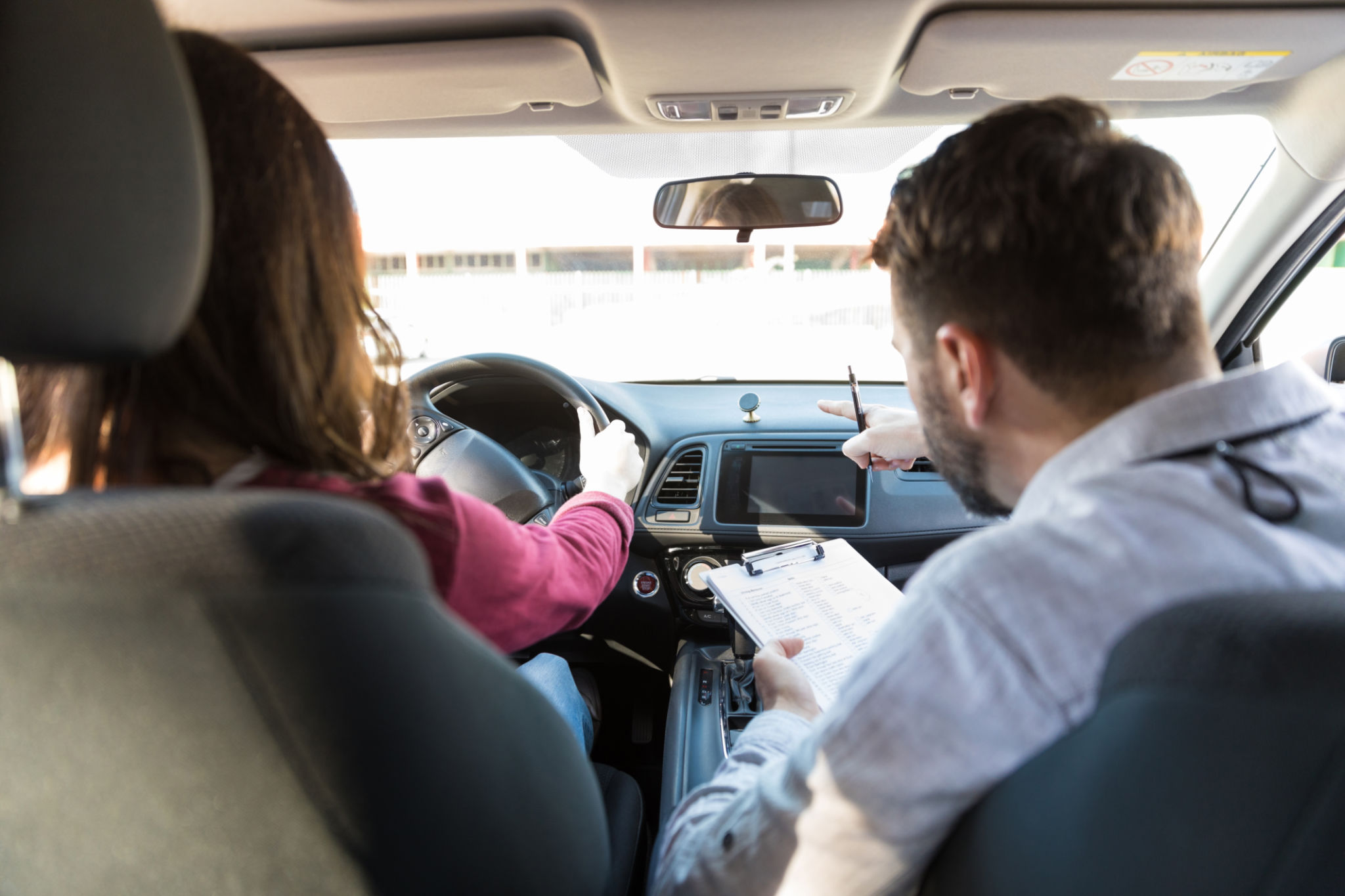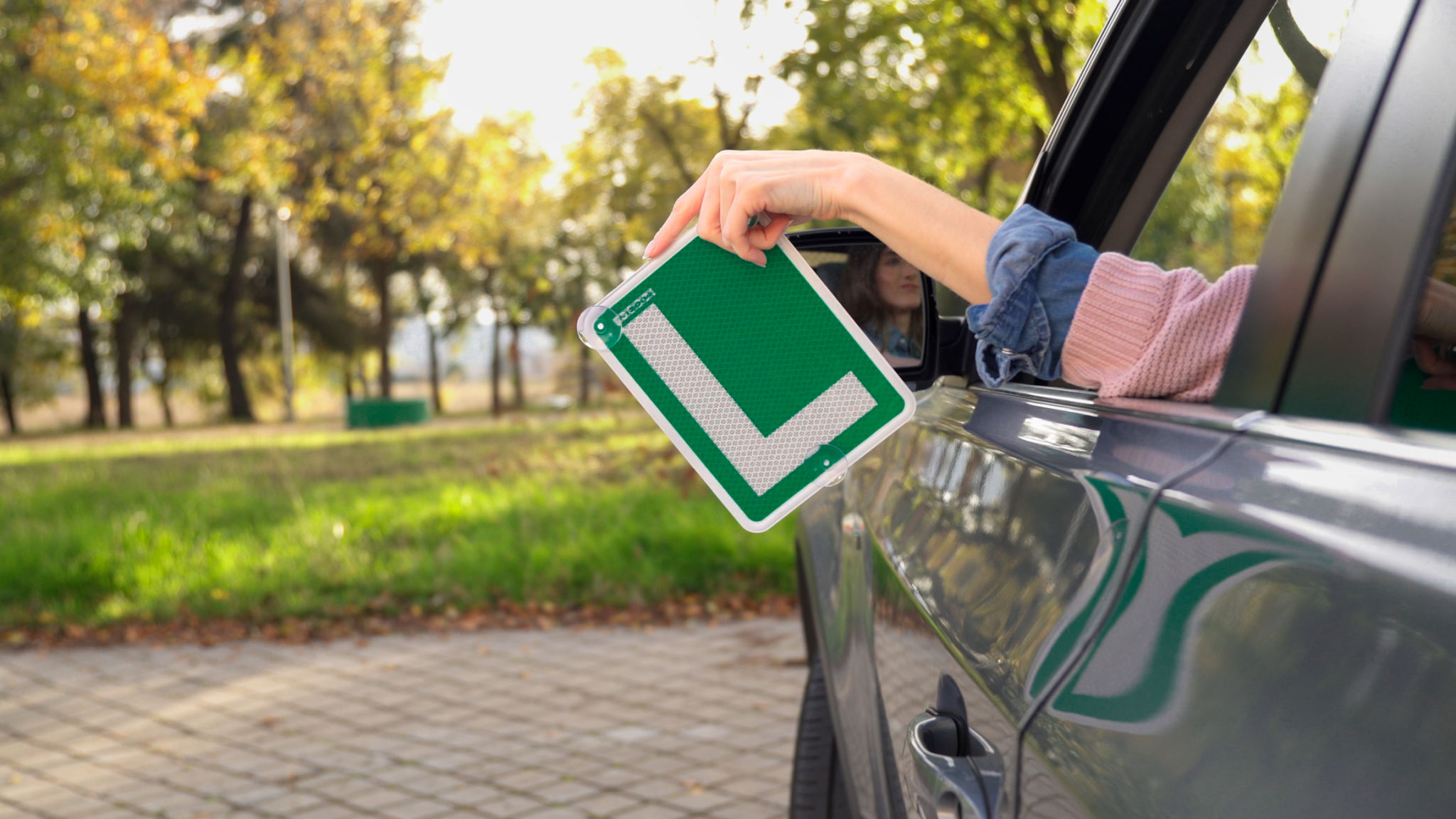Automatic vs. Manual: Which Driving Lessons Are Right for You?
Understanding the Basics
Learning to drive is a significant milestone, and choosing the right type of driving lessons can make all the difference. The primary choice many learners face is between automatic and manual driving lessons. Both have their unique advantages and challenges, and understanding these can help you make an informed decision.
Automatic cars are equipped with a gearbox that automatically changes gear ratios as the vehicle moves. This allows the driver to focus more on steering and navigation without worrying about manually changing gears. On the other hand, manual cars require the driver to change gears using a clutch pedal and gear stick, which can be more engaging for some drivers.

Advantages of Learning in an Automatic
One of the most prominent benefits of learning to drive in an automatic car is the simplicity it offers. Without the need to manually change gears, new drivers can concentrate more on controlling the vehicle and navigating through traffic. This can be particularly helpful in urban environments with frequent stop-and-go traffic.
Additionally, automatic cars can be easier to handle on hills and inclines since there's no risk of stalling the engine when starting from a stop. For many, this reduces anxiety during lessons and boosts confidence behind the wheel.

Considerations for Automatic Lessons
While automatic lessons offer ease and convenience, it's important to consider future driving needs. Learning in an automatic limits you to driving only automatic vehicles. If you obtain a license in an automatic car, you won't be legally qualified to drive a manual vehicle without additional lessons and a test.
Moreover, automatic vehicles can sometimes be more expensive to purchase or rent, and maintenance costs might also be higher. However, with the growing popularity of electric cars—most of which are automatic—this consideration might soon become less significant.
The Manual Experience
Learning to drive a manual car offers its own set of benefits. Many drivers enjoy the control and engagement that comes with manually shifting gears. This hands-on experience can provide a deeper understanding of how cars operate, making it easier to adapt to different driving conditions.
Moreover, manual cars are often more fuel-efficient than their automatic counterparts, which can lead to savings over time. They also tend to be less expensive to buy and maintain, providing a cost-effective option for many learners.

Challenges of Manual Lessons
The primary challenge of learning in a manual car is mastering the coordination required for using the clutch and gear stick. This can be daunting for some, especially beginners who may find it difficult to manage during busy traffic or uphill starts.
However, with practice and perseverance, many find this skill becomes second nature. Successfully learning in a manual vehicle also means you're licensed to drive both manual and automatic cars, offering greater flexibility for future driving opportunities.
Which One Is Right for You?
The decision between automatic and manual driving lessons ultimately depends on your individual needs and preferences. Consider factors such as your learning style, driving environment, and future car choices when making your decision.
If ease and convenience are your priorities, automatic lessons might be the way to go. However, if you're looking for a more immersive experience with greater flexibility in vehicle choices, manual lessons could be more beneficial.

Regardless of your choice, remember that both options offer their own unique advantages. The key is to choose what aligns best with your personal goals and comfort level behind the wheel.